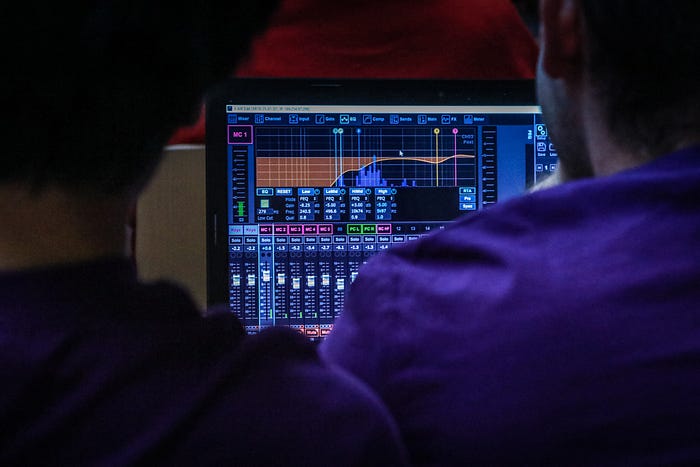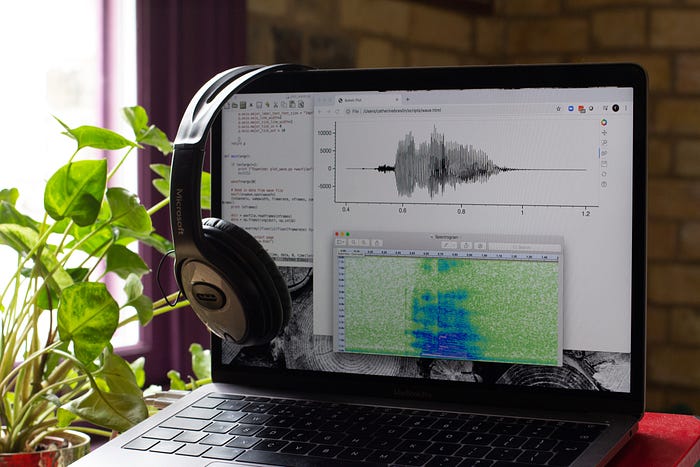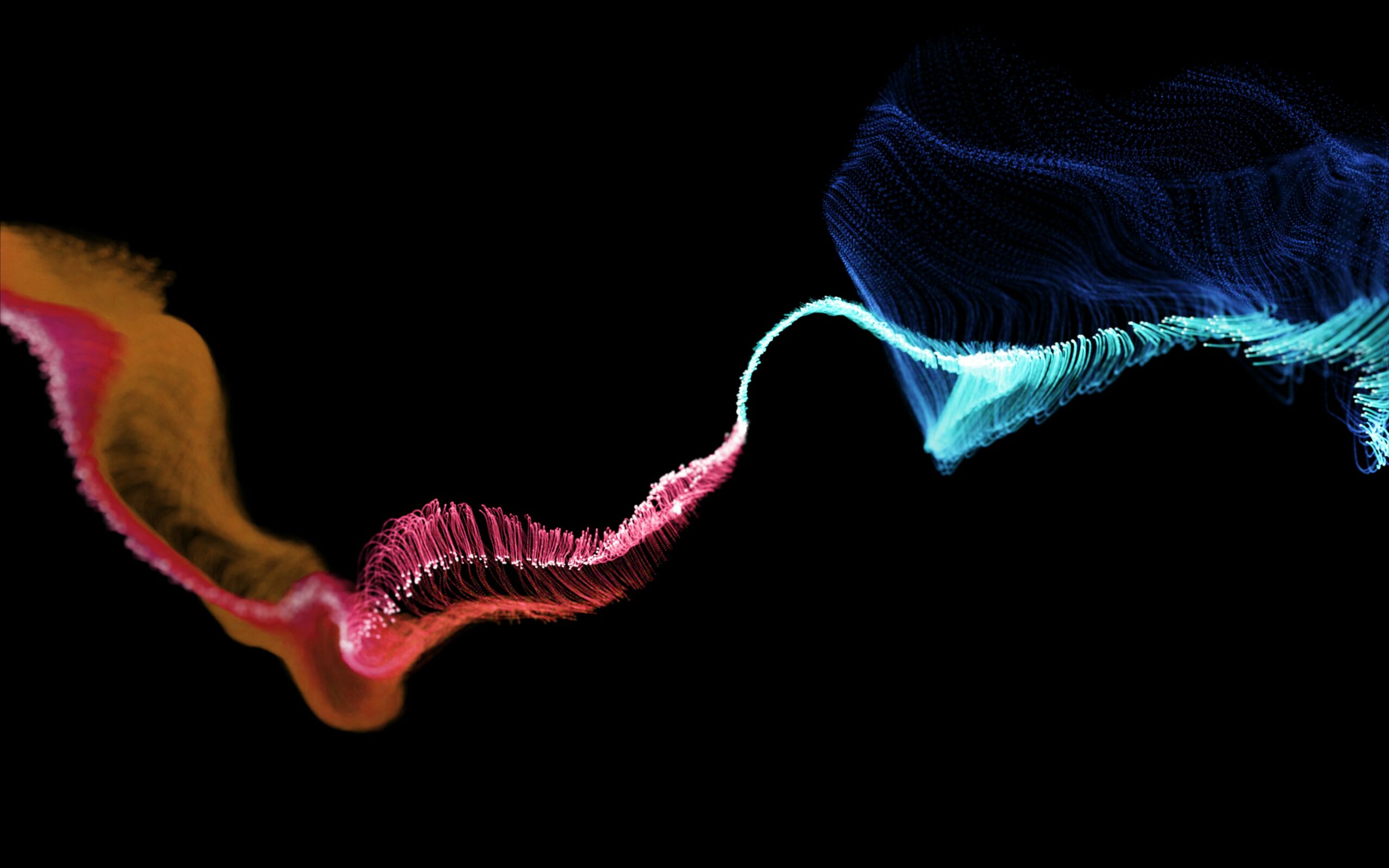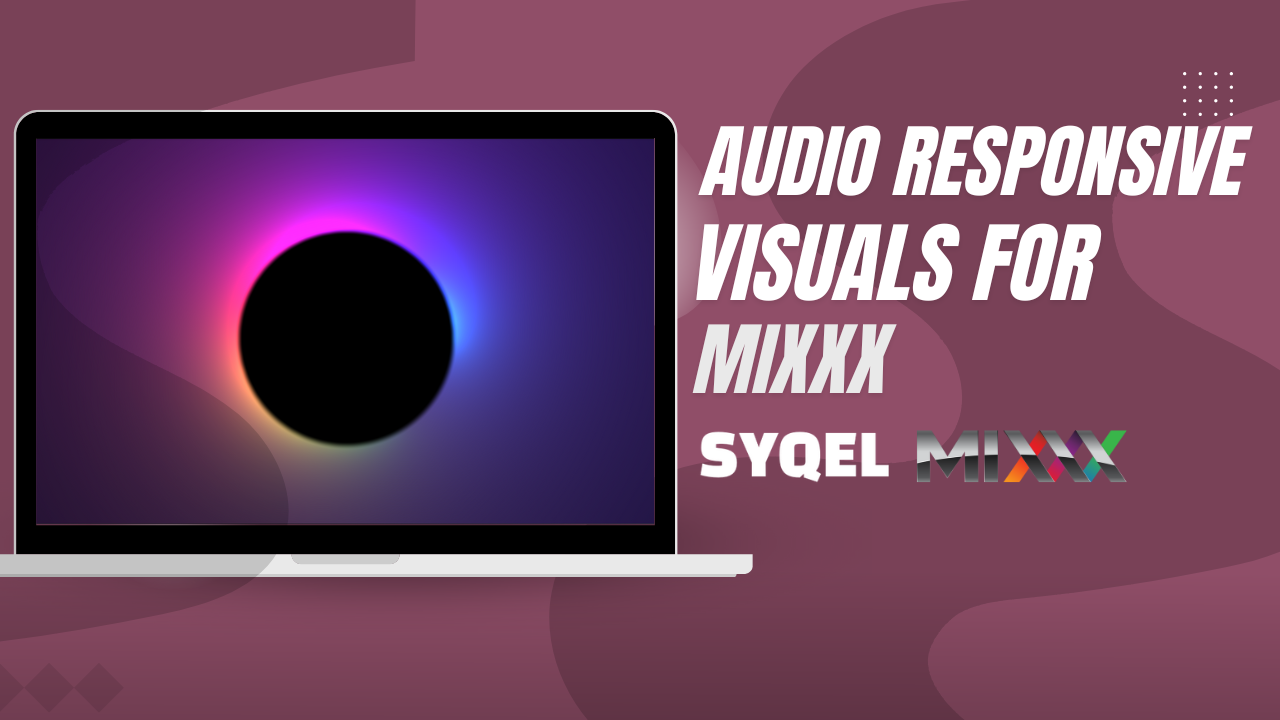Music production is a creative endeavor where artists and producers seek to craft the perfect sonic experience. In this process, audio visualization plays a pivotal role by providing visual representations of sound, helping musicians and producers make informed decisions. This article delves into the essential role of audio visualization in music production, examining tools like equalizers, spectrograms, and visual oscillators that enable artists to shape their sonic landscape.
The Role of Equalizers
Equalization, or EQ, is a fundamental audio tool that allows music producers to shape the frequency content of a sound or a mix. Audio visualization, in this context, is used to display the frequency response of audio signals. Modern EQ plugins provide real-time visual representations of frequency spectrums, making it easier for producers to identify and adjust problematic frequencies. A graphical display of the audio spectrum allows producers to see where sound may be too loud or too quiet, helping them fine-tune their music with precision.

Spectrograms
Spectrograms are powerful tools for music producers as they provide a visual representation of audio over time, showing how different frequencies evolve throughout a track. These visualizations can help identify issues like unwanted noise, frequency clashes, or dynamics problems. Producers can utilize spectrograms to clean up their recordings, spot phase issues, and ensure that all elements of a mix complement each other.
Visual Oscillators and Synthesis
Visual oscillators and waveform displays are invaluable when working with synthesis and electronic music production. These visual representations allow producers to see the shape of audio waveforms, making it easier to create and manipulate sounds. By visualizing waveforms, producers can adjust parameters in real-time and experiment with sound design. Visual feedback enhances the creative process, leading to innovative and unique musical results.

Real-Time Feedback for Music Composition
Audio visualization also plays a significant role in music composition. Composers use visual representations to see how different elements of a composition, such as notes, harmonies, and rhythms, interact. Real-time feedback through visualizations allows composers to make immediate adjustments to create the desired musical impact. This iterative process is especially valuable in modern electronic music production, where every element is meticulously crafted.
In music production, audio visualization is more than just eye candy; it’s a crucial tool that empowers artists and producers to make informed decisions and enhance their creative process. Tools like equalizers, spectrograms, and visual oscillators provide real-time feedback, allowing for precise control over sound and music composition. As technology continues to advance, the role of audio visualization in music production will only become more significant, enabling artists to push the boundaries of creativity and sonic innovation.



